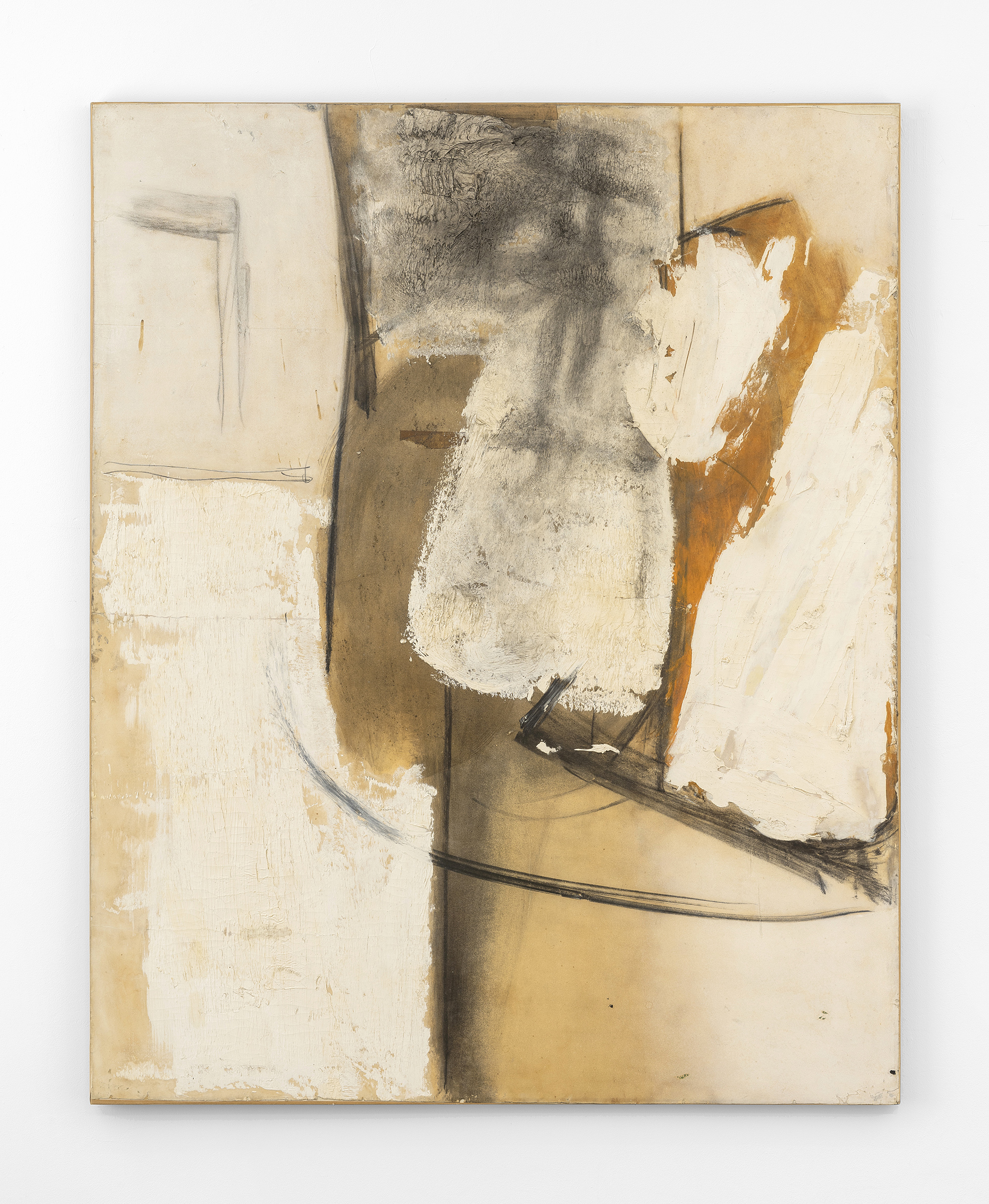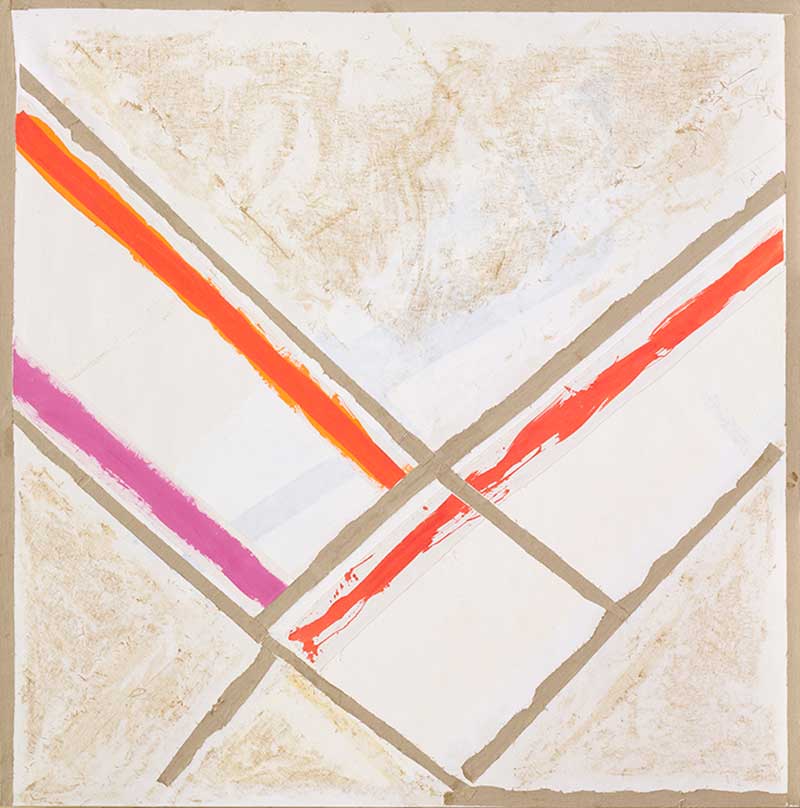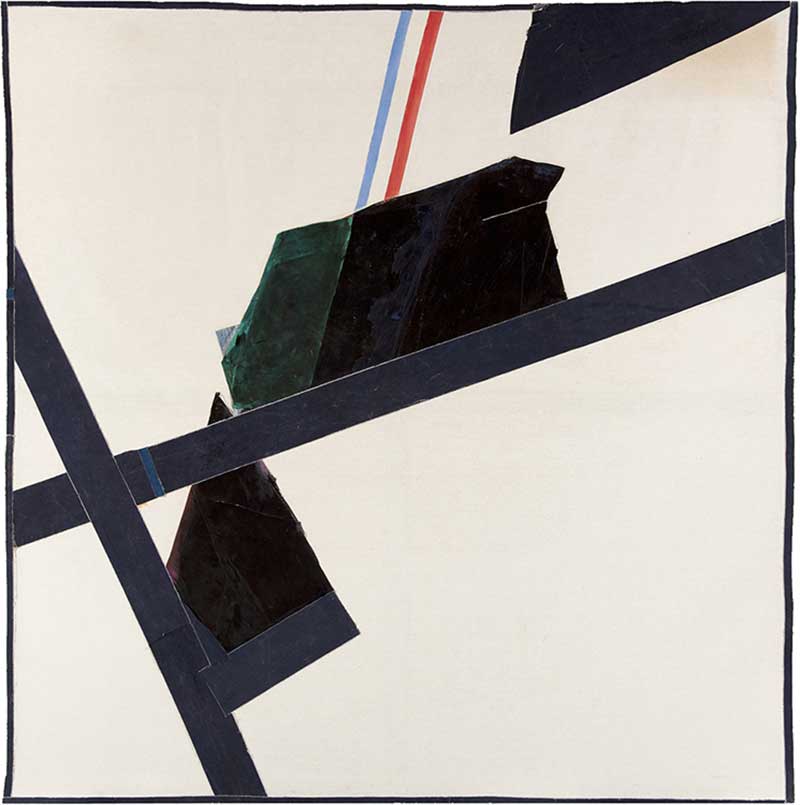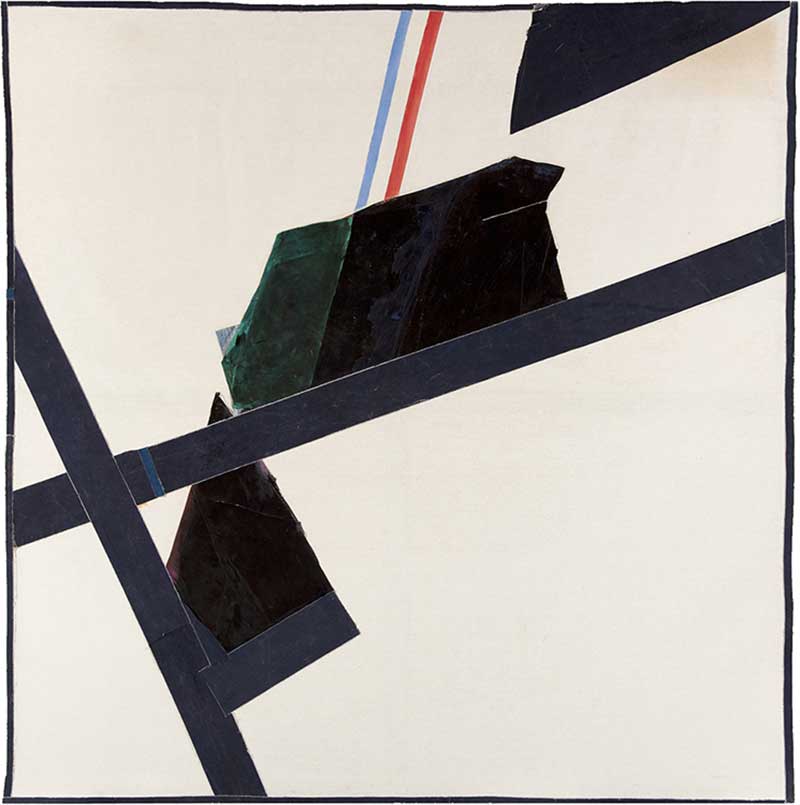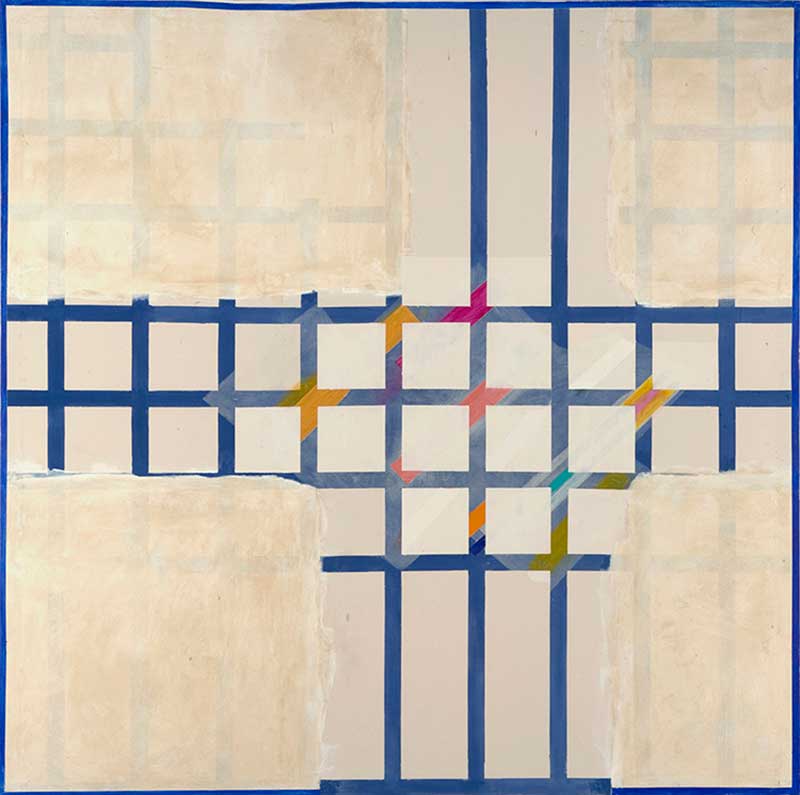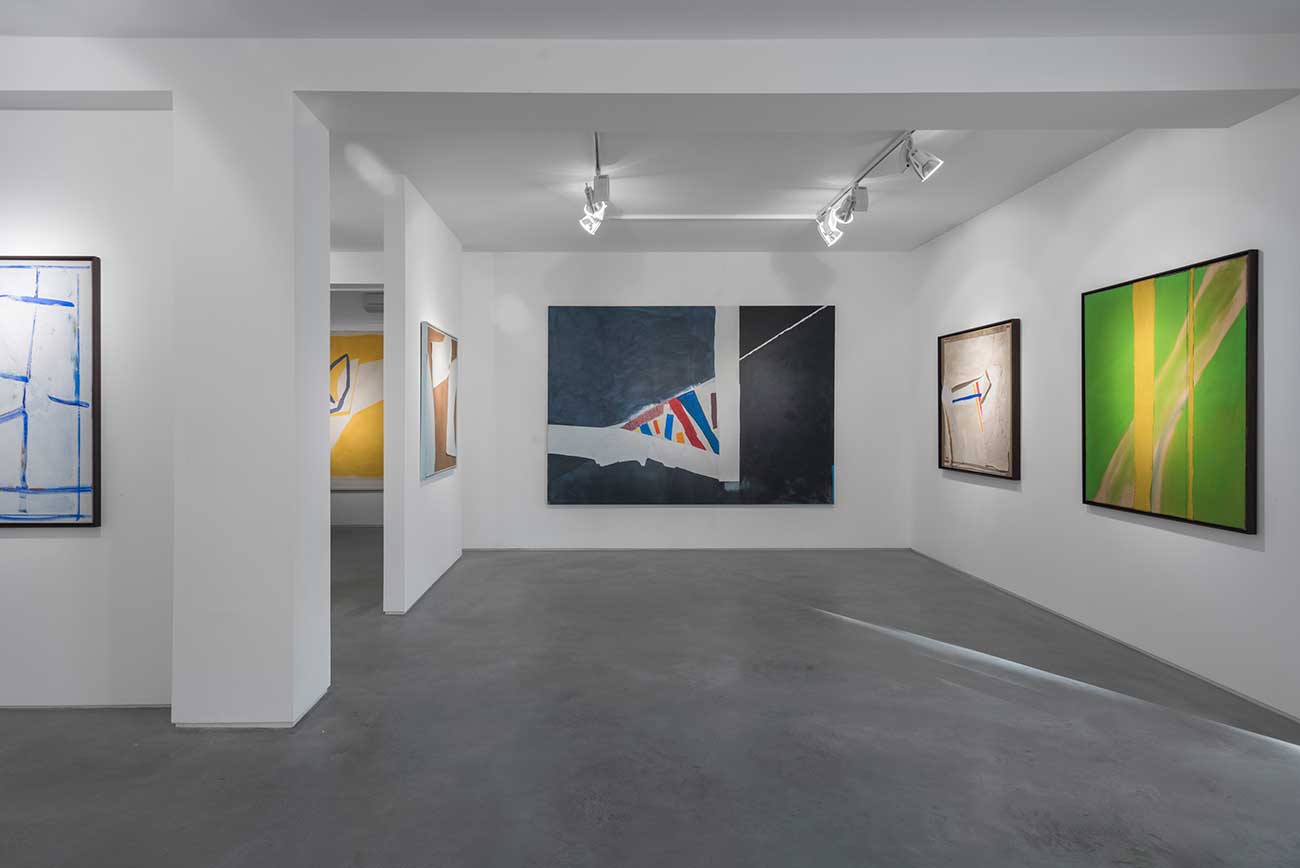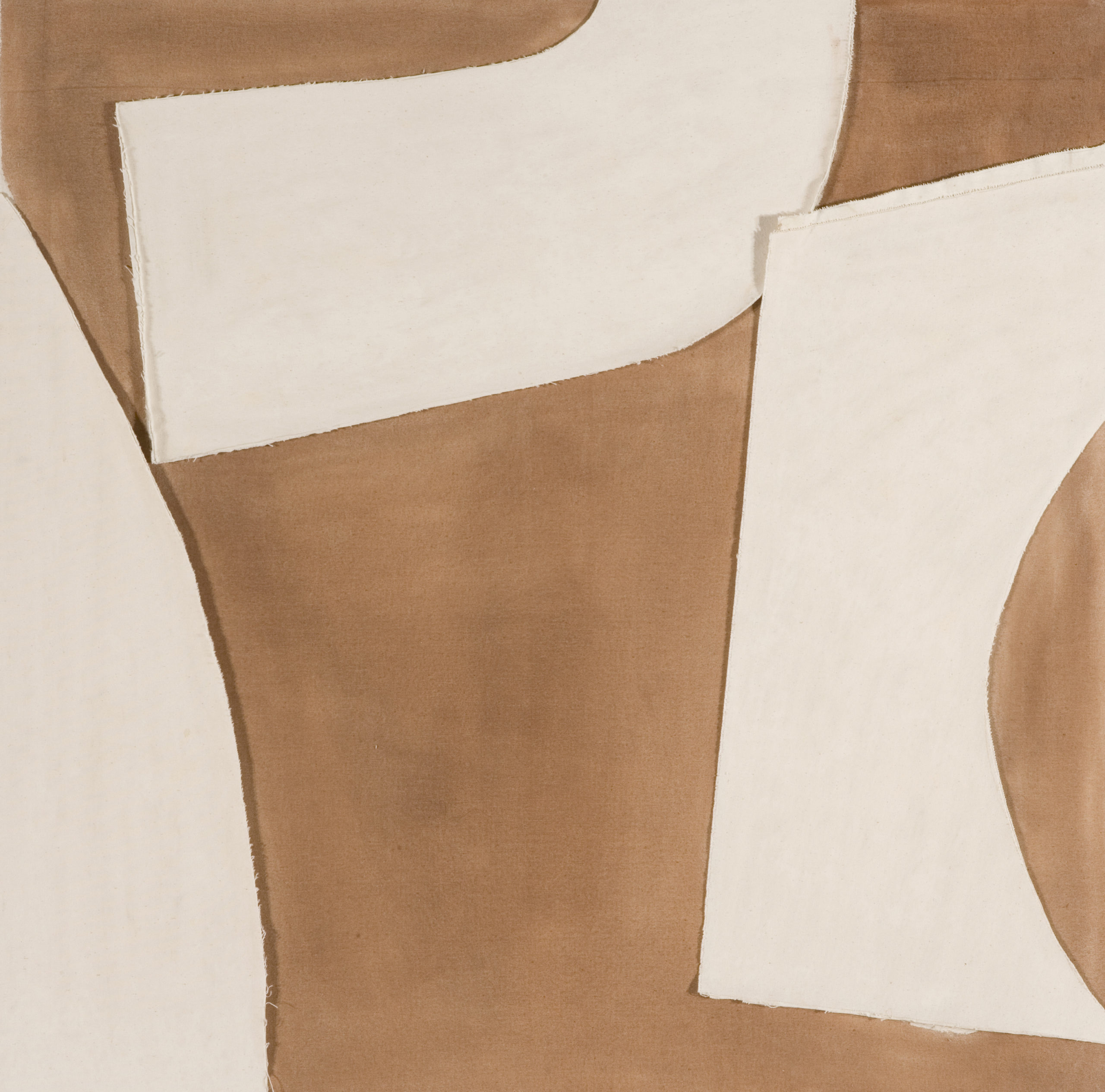
Sandra Blow
B. United Kingdom, 1925-2006
Highlights
3
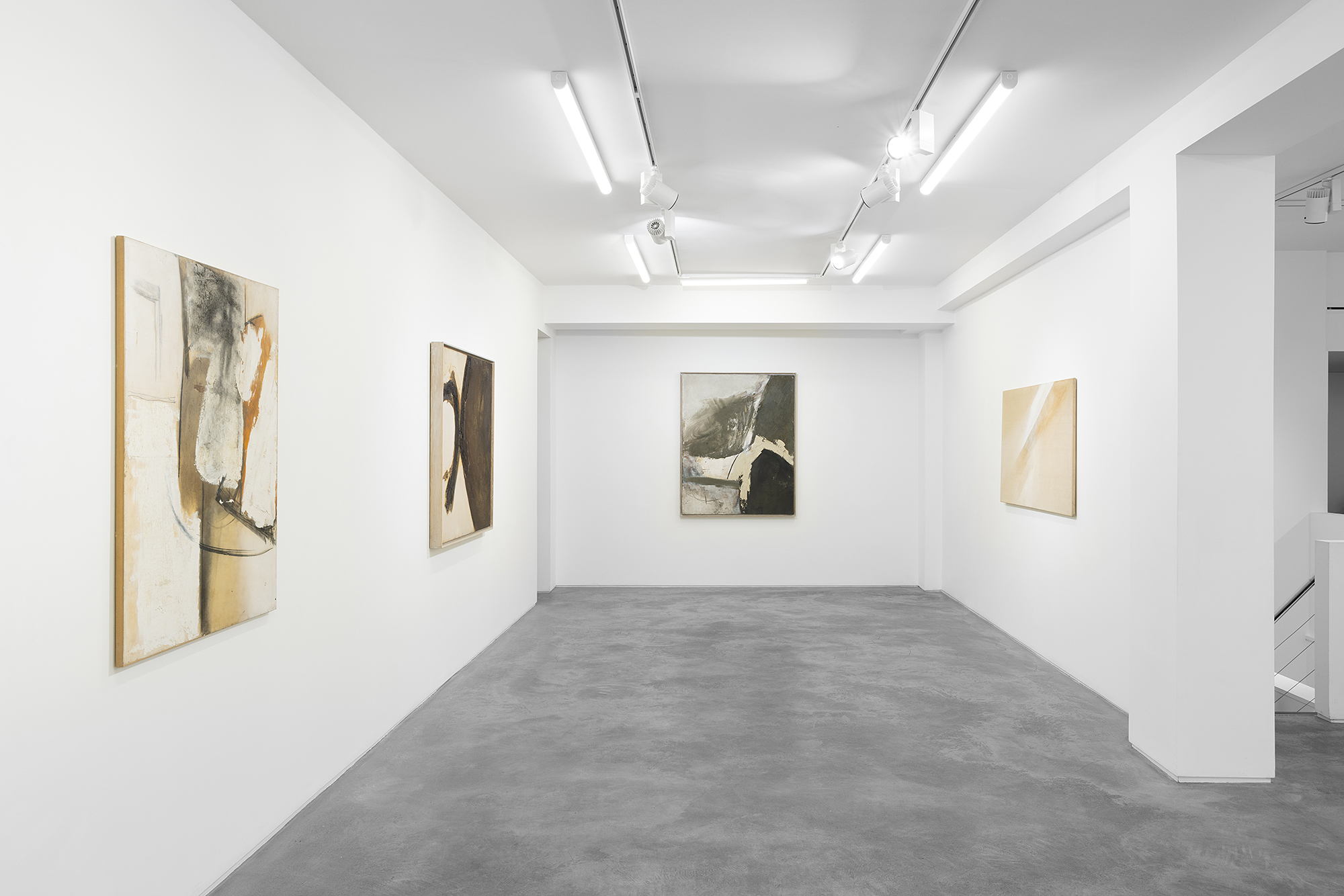
Sandra Blow: Early Works. Installation View
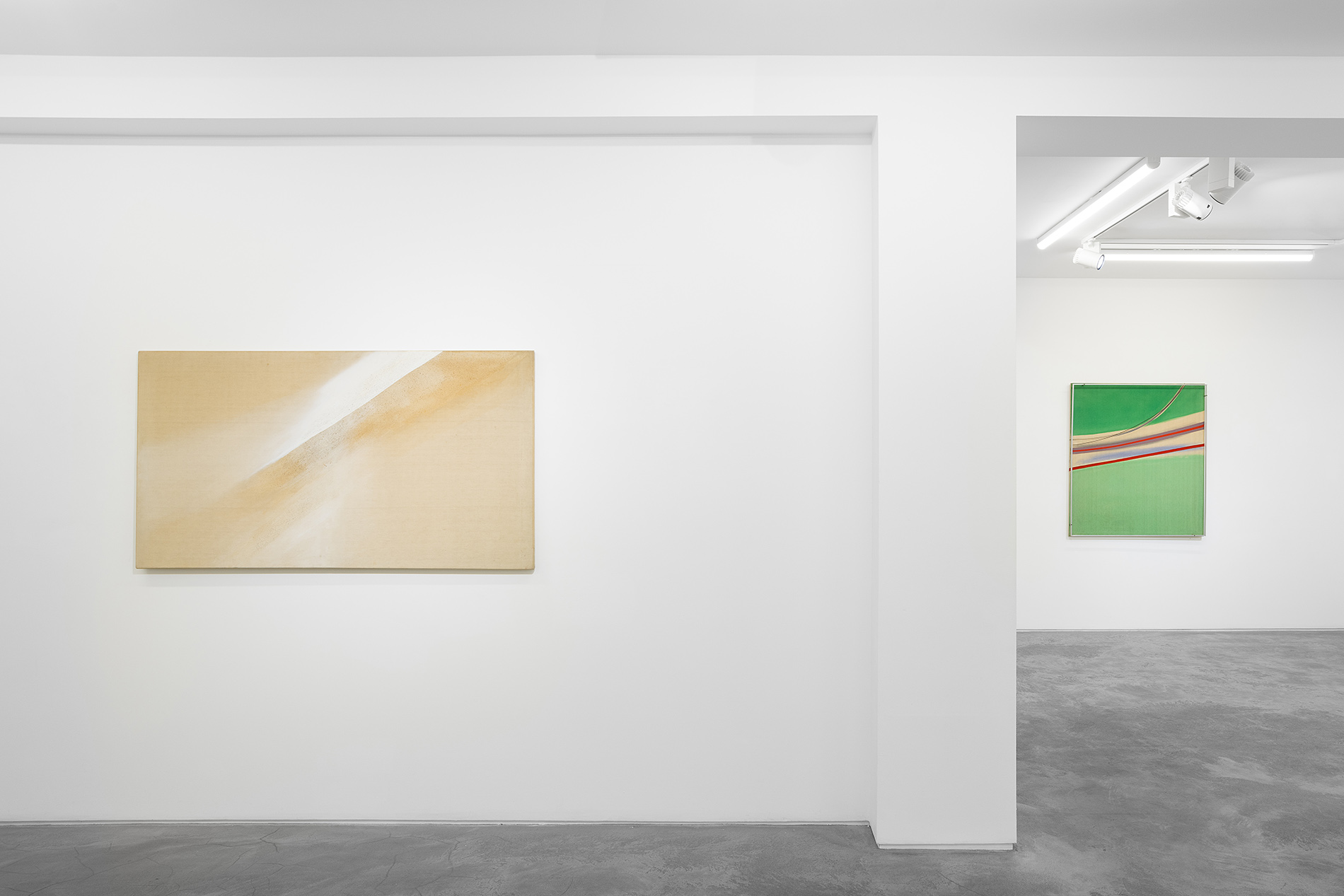
Sandra Blow: Early Works. Installation View

Sandra Blow. Untitled (1973)
The Works
10
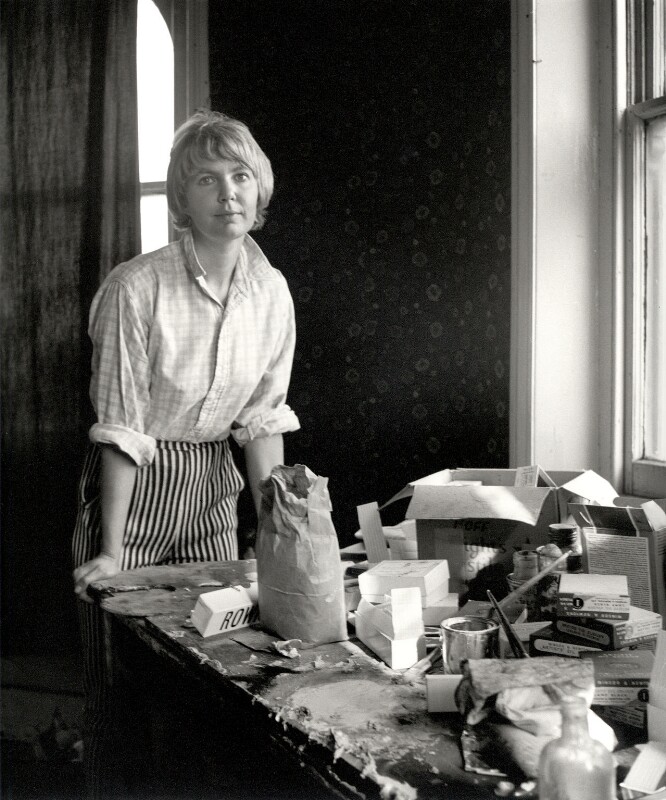
B. United Kingdom1925-2006
Biography
Sandra Blow RA pioneered British abstraction in the twentieth and twenty-first centuries through her ongoing investigations of scale, colour and composition, and use of diverse materials. Travelling across Europe in 1947, Blow discovered new and radical ideas about the nature of pictorial space. Using materials such as cement and grit, Blow’s paintings are collage-like in their combination of painted and constructed elements. Presenting an amalgamation of geometric shapes, bold colours and organic materials, her large scale canvases prod the boundary between painting and sculpture. Exploring tensions between marks and materials, Blow’s canvases are typically bold in nature, appearing impulsive and daring, and illustrative of her desire to preserve the element of surprise.
Blow was born in London, in 1925. She studied at St Martin’s School of Art where she graduated in 1946. Blow travelled across Europe in 1947, settling for a year in Italy where she enrolled at the Accademia di Belle Arti. Blow’s work has been exhibited often at Gimpel Fils Gallery and the annual Summer Exhibition at the Royal Academy. Her work has been exhibited internationally in a solo show in New York and the 29th Venice Bienalle. In 1957 and 1958, her work was included in several group shows of young British artists in Italy, the Netherlands, Switzerland, West Germany and the USA. In 1961 she became a tutor in the painting school of the Royal College of Art, where she remained working until 1975. She was elected an Associate of the Royal Academy in 1971 and, in 1978, was elected a full Royal Academician. In the same year her work was included in the group exhibition, Hayward Annual 1978, held at the Hayward Gallery, London. Her work was included alongside Ben Nicholson, Barbara Hepworth and Patrick Heron at the Tate Gallery exhibition St Ives 1939-1964 in 1985. She had her first full scale retrospective exhibition at the Royal Academy’s recently opened Sackler Galleries in the spring of 1994 and a further retrospective at Tate Britain in 2005.
Discover
3
By continuing to use this site you consent with our cookie policy. You can read more here.
Enquire
Thank you for your enquiry. We will be in touch shortly.

